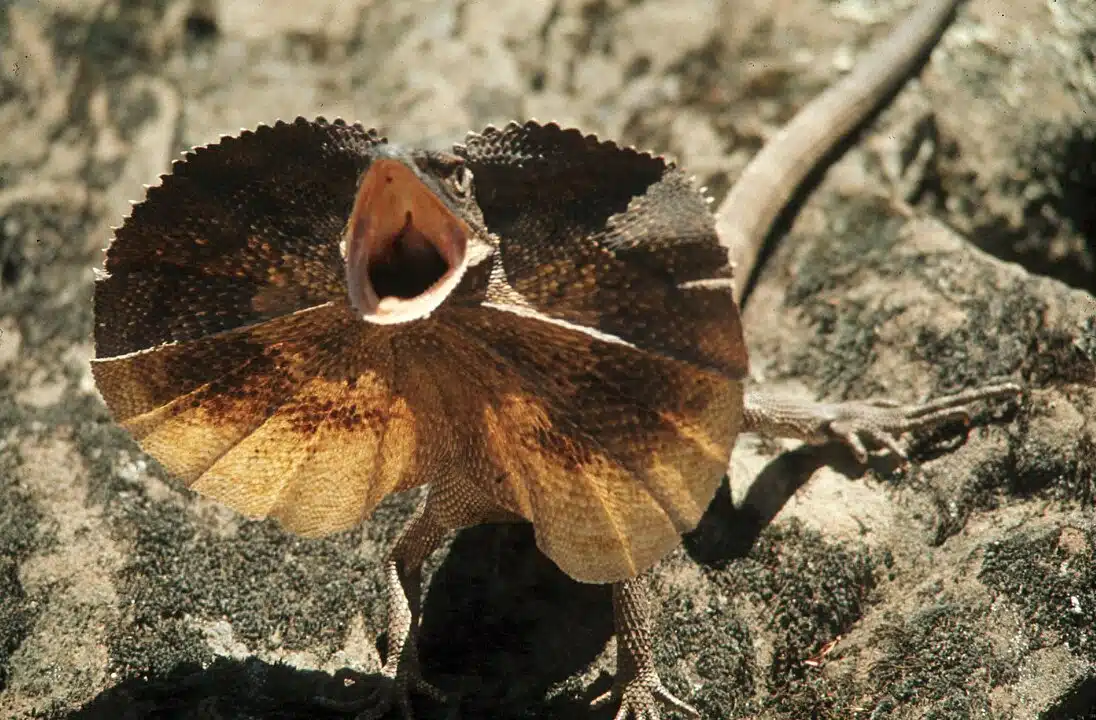Australia is a land of contrasts and extremes, from its vast deserts to lush rainforests, and it is home to an array of remarkable creatures. The wildlife here is diverse and unique, with many species found nowhere else on Earth. This article delves into five extraordinary Australian animals, each with its own fascinating characteristics.
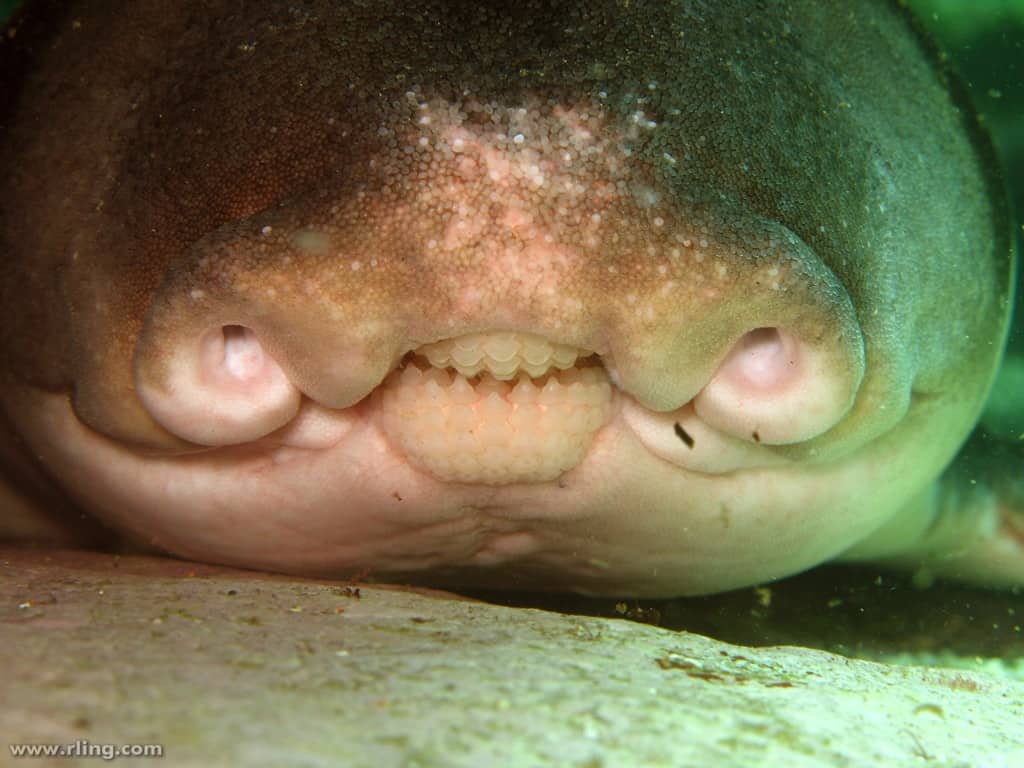
The Port Jackson Shark
One of Australia’s marine wonders is the Port Jackson Shark, easily recognizable by its harness-like markings and unique teeth. Unlike the typical portrayal of sharks, the Port Jackson Shark is known for its docile nature. It inhabits the coastal waters of southern Australia, including the waters around Sydney. What makes this shark particularly interesting is its mode of feeding. Instead of preying on large fish or seals, it uses its strange-looking teeth to crush shellfish and mollusks. Another notable feature is its method of reproduction. The female lays spiral-shaped eggs, which she wedges into rock crevices. This unique adaptation protects the eggs from drifting away or being eaten by predators.
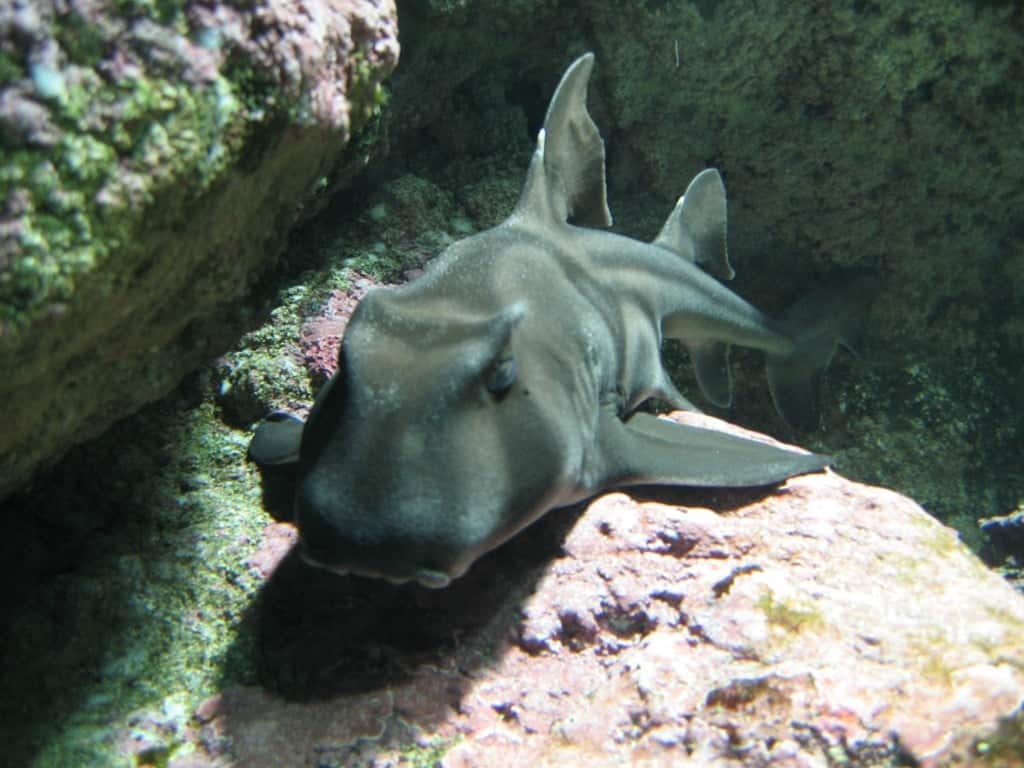
The Frilled Lizard: A Spectacular Survivor
This lizard is most famous for its large frill around its neck, which expands when threatened to appear larger and more intimidating to predators. Found primarily in northern Australia, the Frilled Lizard can be seen basking in the sun on tree branches. However, when startled, it drops to the ground and sprints away on its hind legs with its frill folded back. This lizard’s diet mainly consists of insects and small vertebrates. Its ability to regulate body temperature by changing color is another fascinating aspect, with darker colors helping to absorb heat more efficiently.
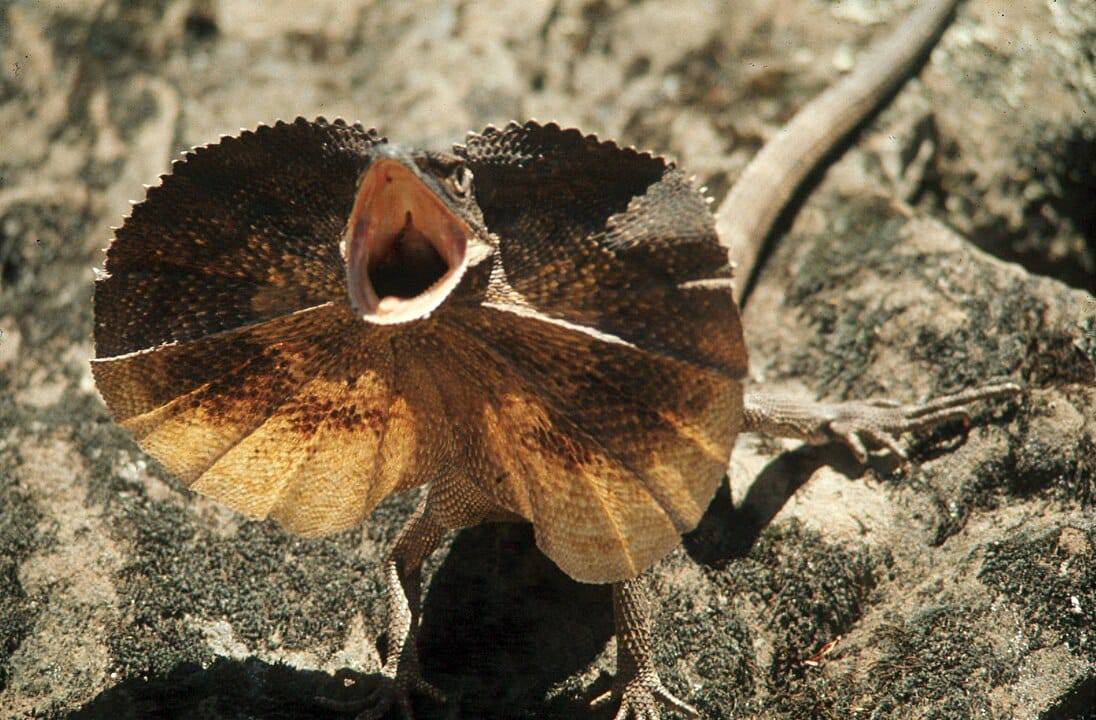
The Thorny Devil: Desert Dweller
The Thorny Devil, a small and spiky lizard, is perfectly adapted to life in the arid Australian Outback. Its entire body is covered with conical spines that provide defense against predators and help collect water. This lizard has a unique method of hydration: it channels moisture from dew and rain across its body through capillary action to its mouth. The Thorny Devil primarily feeds on ants, consuming thousands in a day. Its camouflaged skin, varying from yellow to brown depending on the environment and temperature, helps it blend into the desert landscape.
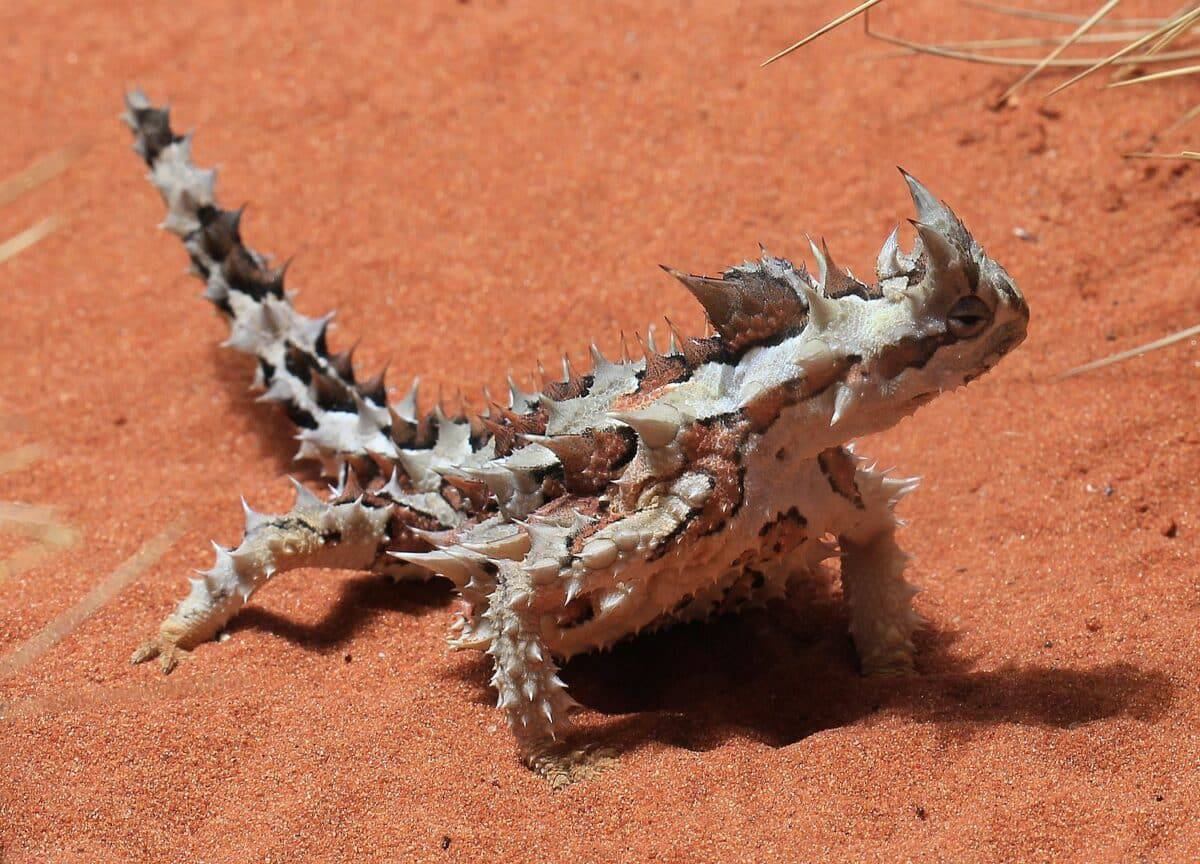
The Platypus: Nature’s Oddity
Perhaps one of the most bizarre creatures in the animal kingdom, the Platypus, has baffled scientists for centuries. This mammal lays eggs but produces milk, has a bill like a duck, and has webbed feet. Native to eastern Australia, the Platypus is a semi-aquatic mammal, comfortable both in water and on land. Its bill is not only distinctive in appearance but also serves as a highly sensitive organ, capable of detecting electric fields generated by its prey. Male Platypuses possess another surprising feature: they have venomous spurs on their hind legs.
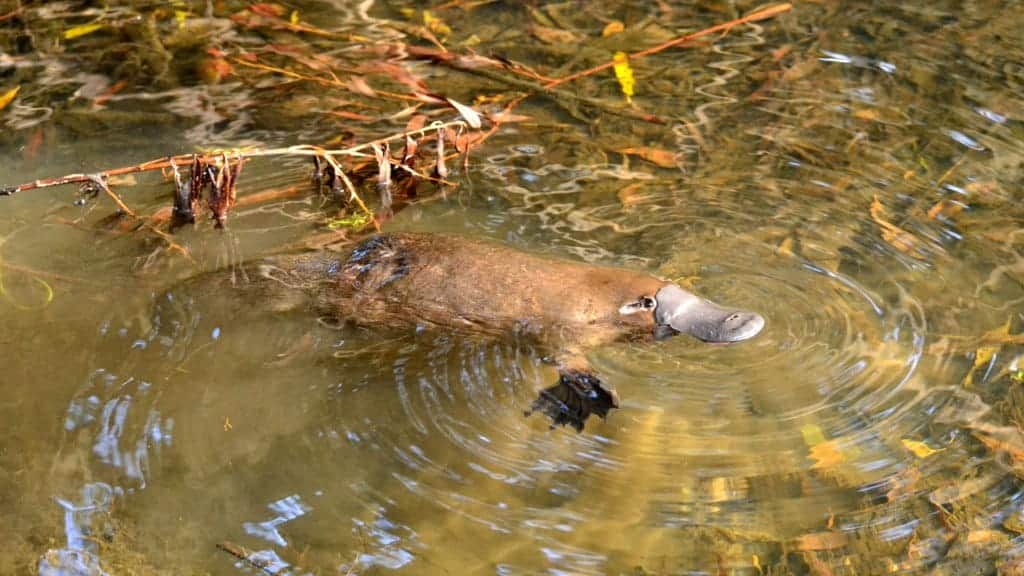
The Tasmanian Devil
The Tasmanian Devil, the largest carnivorous marsupial since the extinction of the Thylacine, is native to the island of Tasmania. Known for its robust build and ferocious feeding habits, the Tasmanian Devil plays a vital role as a scavenger in the ecosystem. Despite their daunting appearance and spine-chilling nocturnal screams, these animals are increasingly vulnerable. They are currently facing a significant threat from a contagious facial tumor disease, which has drastically reduced their population. Conservation efforts are underway to save this iconic species, which is as much a part of Tasmania’s natural heritage as its eucalyptus forests and rugged coastlines.
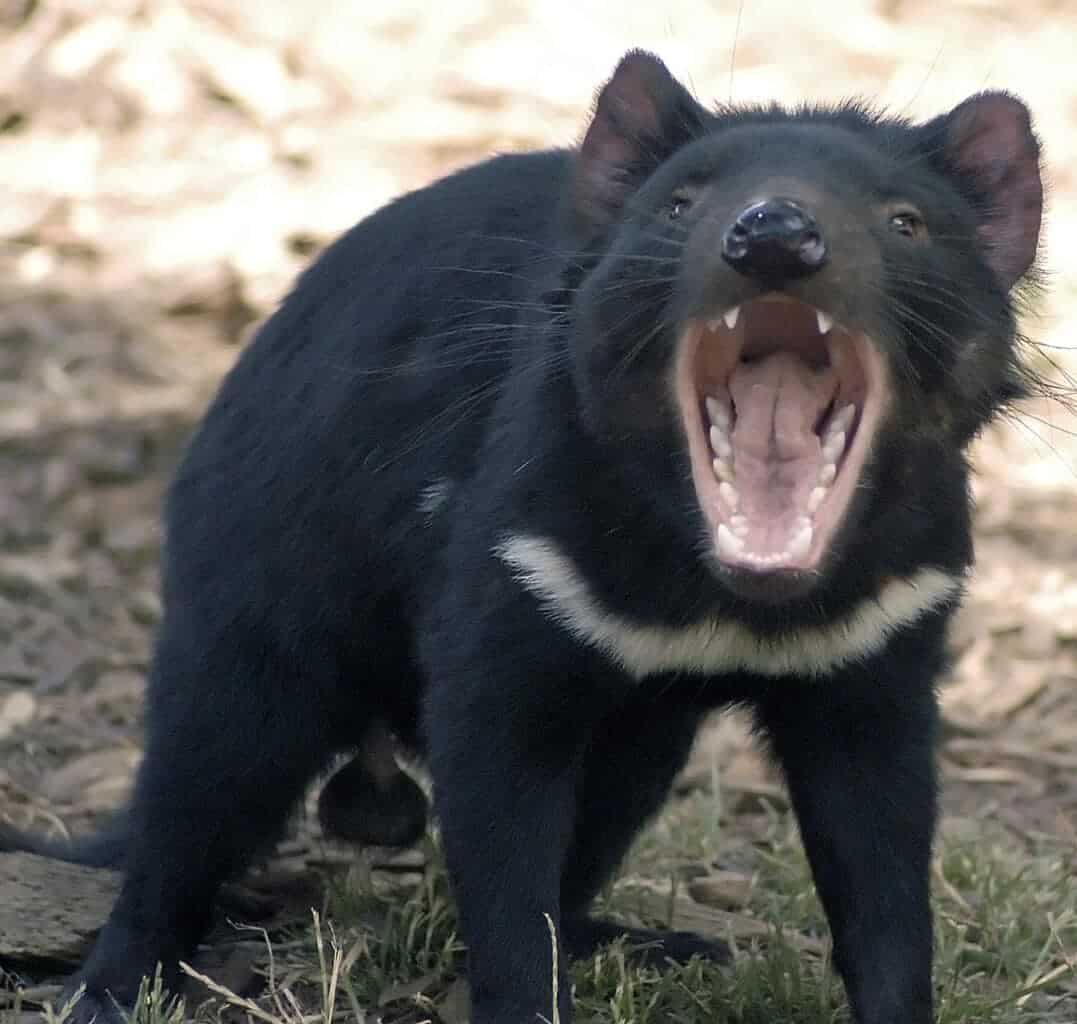
Conclusion
These five species – the Port Jackson Shark, the Frilled Lizard, the Thorny Devil, the Platypus, and the Tasmanian Devil – exemplify Australian wildlife’s incredible diversity and uniqueness. Each has adapted in its own way to the country’s varied environments, from the ocean to arid deserts and dense forests. Their unique features and behaviors make them subjects of scientific fascination and highlight the importance of conservation efforts to preserve Australia’s unique natural heritage. As the world becomes increasingly aware of the need to protect biodiversity, these weird and wonderful creatures remind us of the natural wonders we stand to lose.
You might also enjoy:
Watch: Podcaster Unaware of Snake Dangling Behind Him
Australia’s Notorious Five: Deadliest Animals Down Under
Roger Federer vs. Kangaroo – The Ultimate Leap Competition
- 7 Birds of Prey in America - April 19, 2024
- Ocras Steal A Baby Humpback Whale - April 17, 2024
- This Lady Doesn’t Need to Buy Herself Flowers—Her Cat Brings Them to Her! - April 17, 2024

